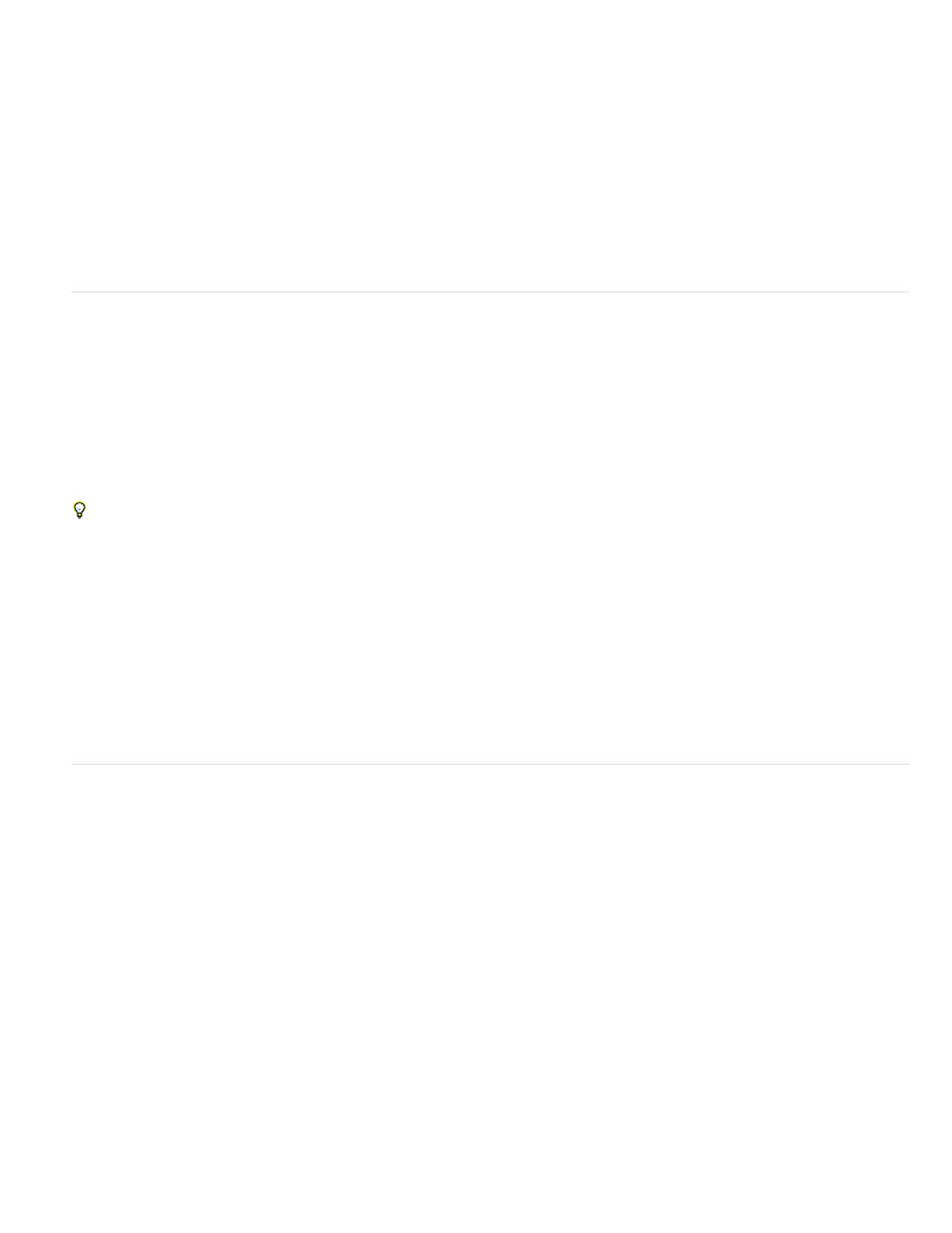Parametric eq effect reverb effect, Parametric eq effect, Reverb effect – Adobe After Effects User Manual
Page 464

Modulation Type
Modulation Rate
Modulation Depth
Amplitude Modulation
Band Enabled
Frequency
Bandwidth
Boost/Cut
Reverb Time
Diffusion
Decay
Brightness
Dry Out, Wet Out
The Modulator effect adds both vibrato and tremolo to audio by modulating (varying) the frequency and amplitude.
The type of waveform to use. Sine produces smoother modulation. Triangle produces more abrupt modulation.
The rate in Hz of the modulation.
The amount of frequency modulation.
The amount of amplitude modulation.
Parametric EQ effect
The Parametric EQ effect emphasizes or attenuates specific frequency ranges. Parametric EQ is useful for enhancing music, such as boosting low
frequencies to bring up bass.
If you have audio with an unwanted sound (such as a beep from a forklift in the background), you can isolate and cut the frequency range of the
beep to attenuate the sound.
Using this effect, you can enhance up to three different bands of audio. As you adjust controls, a frequency-response graph indicates the
combined equalization curve you create; band 1 is red, band 2 is green, and band 3 is blue. You may find it easier to specify controls if you
determine in advance the frequency-response curve you want.
To identify the frequencies of unwanted sound, use the Audio Spectrum effect.
Activates an equalization band and its controls.
The center of the frequency band to modify.
The width of the frequency band to modify.
The amount by which to boost (increase) or cut (decrease) the amplitude of the frequencies inside the specified band. Positive values
boost; negative values cut.
Reverb effect
The Reverb effect simulates a spacious or acoustically live interior by simulating random reflections of a sound off a surface.
Harry Frank and Aharon Rabinowitz provide a video tutorial on the
shows how to use the Backwards effect and the
Reverb effect to create a creepy reverse echo result.
The average time, in milliseconds, between the original audio and the reverberated audio.
Specifies how much the effect scatters the original audio. More diffusion can make the audio sound farther from the microphone.
Specifies the amount of time it takes for the effect to subside. A higher value simulates a larger space.
Specifies the amount of detail preserved from the original audio. High brightness simulates a room with live (highly reflective)
acoustics.
The amounts of the original (dry) sound and delayed (wet) sound in the final output. Values of 50% are commonly used.
460
